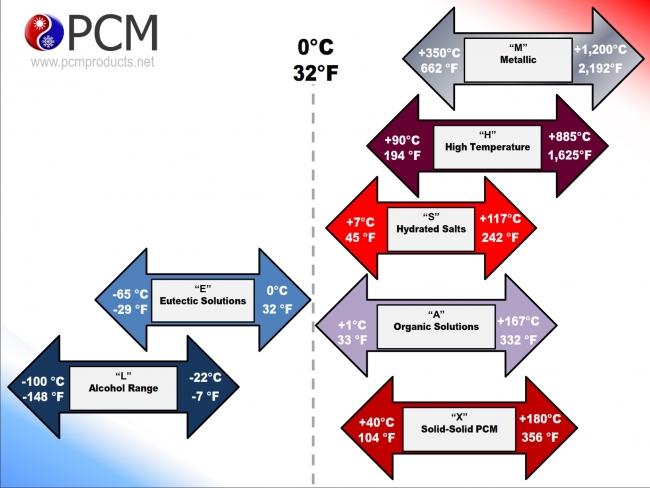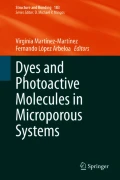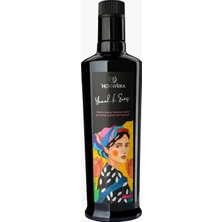Solvent Removal
Solvent Removal

Solvent Removal
It is often necessary to remove solvent from a solution to recover either a solid or a high-boiling liquid. There are several ways to do this.
Distillation
Simple distillation can be used to remove solvent. Distillation works well if the solution is composed of a solid and a low-boiling solvent, or if the solution is composed of a high-boiling liquid and a low-boiling solvent (with boiling point differences greater than 100°). Advantages of distillation are that the solvent can be collected and recycled and that no vapors are released into the atmosphere. A disadvantage is that it can take a long time. Simple distillation is covered on the simple distillation web page.
Open-Dish Evaporation
Solvent can be evaporated by placing the solution in an open container (an Erlenmeyer, evaporating dish, beaker, vial). The container is set on a heat source (steam bath, hot plate, heating mantle, sand bath) and the solvent boiled off. (If the solvent is water, use a heat source other than a steam bath.)
The problem with open-dish evaporation is that the solvent is released into the air. Open-dish evaporation should always be done in a hood if the solvent is anything other than water. Even in a hood, however, vapors are released into somebody's air. If the solvent is a hazardous compound (for instance, methylene chloride), it is probably better to choose another method of solvent removal.
Reduced-Pressure Evaporation
You can accomplish evaporation from a solution quickly by placing it in a side-arm flask, sealing the flask, and then applying vacuum. Under vacuum (reduced pressure) liquids vaporize and boil off at lower temperatures; effectively, the solvents come off a lot faster when under vacuum than at atmospheric pressure.
In the Organic Chemistry Teaching Labs, a small (25 or 50 mL) side-arm flask fitted with a rubber stopper is used to strip off small (5-10 mL) amounts of solvent. As a vacuum source, we use the VacuuBrand systems.
 |
Put the solution in a 25 or 50 mL side-arm flask. Do not fill the flask more than one-third full, since the evaporation causes the solvent to froth and bubble up |



























